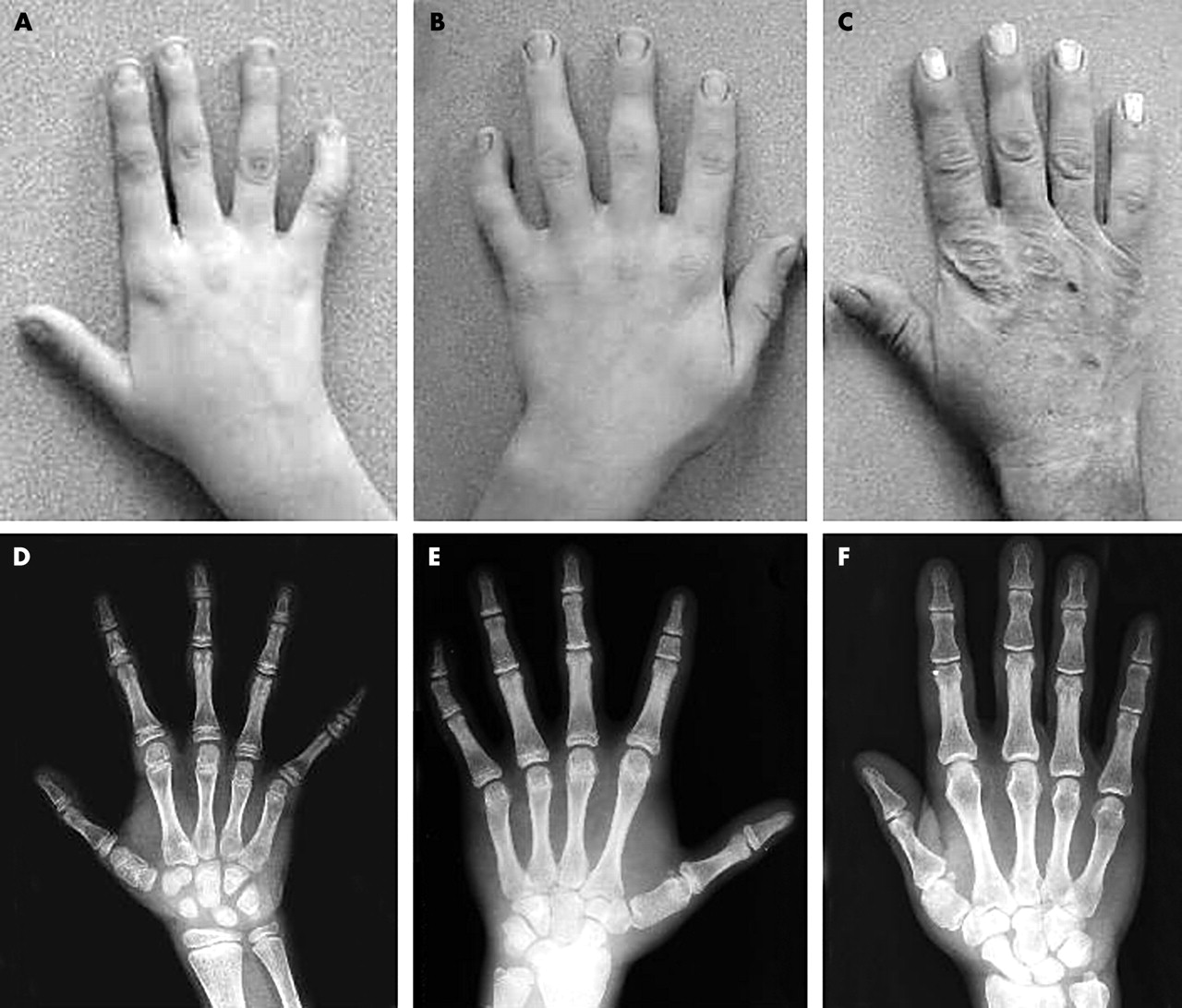
Dysostosis Peripheral is a rare genetic disorder that affects the development of bones in the hands and feet. This condition can lead to various skeletal abnormalities, including shortened or missing bones, fused digits, and other deformities. Dysostosis Peripheral often presents itself at birth, and its severity can vary widely among individuals. Some people might experience mild symptoms, while others could face significant challenges that impact their daily lives. Understanding this condition is crucial for early diagnosis and management, which can help improve the quality of life for those affected. In this blog post, we'll explore 25 intriguing facts about Dysostosis Peripheral to shed light on this rare but impactful disorder.
Key Takeaways:
- Dysostosis Peripheral is a rare genetic disorder affecting bone development in the hands and feet, leading to skeletal abnormalities and joint pain. Genetic testing and early diagnosis are crucial for effective management.
- Living with Dysostosis Peripheral presents unique challenges, but with proper support and care, individuals can lead fulfilling lives. Support groups, adaptive devices, and open communication with healthcare providers are essential for managing the condition effectively.
What is Dysostosis Peripheral?
Dysostosis Peripheral is a rare genetic disorder affecting bone development, particularly in the hands and feet. This condition can lead to various skeletal abnormalities, impacting a person's quality of life. Let's dive into some intriguing facts about this condition.
Genetic Basis of Dysostosis Peripheral
Understanding the genetic roots of Dysostosis Peripheral can shed light on its causes and potential treatments.
- Dysostosis Peripheral is often caused by mutations in specific genes responsible for bone development.
- The condition is usually inherited in an autosomal dominant pattern, meaning only one copy of the mutated gene is needed to cause the disorder.
- In some cases, Dysostosis Peripheral can result from new mutations, with no family history of the disorder.
- Genetic testing can help identify the specific mutations responsible for Dysostosis Peripheral, aiding in diagnosis and family planning.
Symptoms and Physical Manifestations
The physical signs of Dysostosis Peripheral can vary widely, but certain features are commonly observed.
- Individuals with Dysostosis Peripheral often have shortened or malformed fingers and toes.
- Some people may experience fusion of bones in the hands and feet, leading to limited mobility.
- In severe cases, the condition can affect other bones in the body, such as the skull or spine.
- Joint pain and stiffness are common symptoms, particularly in the affected areas.
- Growth delays and short stature can also be associated with Dysostosis Peripheral.
Diagnosis and Medical Evaluation
Early diagnosis is crucial for managing Dysostosis Peripheral effectively.
- Doctors often use X-rays to identify characteristic bone abnormalities in patients suspected of having Dysostosis Peripheral.
- Genetic testing can confirm the diagnosis by identifying mutations in the relevant genes.
- A thorough physical examination is essential to assess the extent of skeletal abnormalities.
- Family medical history can provide valuable clues for diagnosing Dysostosis Peripheral.
- In some cases, additional imaging studies, such as MRI or CT scans, may be needed to evaluate the condition fully.
Treatment and Management
While there is no cure for Dysostosis Peripheral, various treatments can help manage symptoms and improve quality of life.
- Physical therapy can help maintain joint mobility and reduce stiffness.
- Occupational therapy can assist individuals in adapting to daily activities and improving hand function.
- Surgical interventions may be necessary to correct severe bone deformities or improve mobility.
- Pain management strategies, including medications and lifestyle modifications, can help alleviate discomfort.
- Regular monitoring by a healthcare team is essential to address any emerging issues promptly.
Living with Dysostosis Peripheral
Living with Dysostosis Peripheral presents unique challenges, but many individuals lead fulfilling lives with proper support and care.
- Support groups and online communities can provide valuable emotional support and practical advice.
- Adaptive devices, such as specialized footwear or hand tools, can enhance independence and functionality.
- Educational accommodations may be necessary for children with Dysostosis Peripheral to succeed in school.
- Maintaining a healthy lifestyle, including regular exercise and a balanced diet, can improve overall well-being.
- Open communication with healthcare providers is crucial for managing the condition effectively.
- Raising awareness about Dysostosis Peripheral can help reduce stigma and promote understanding of the disorder.
Final Thoughts on Dysostosis Peripheral
Dysostosis Peripheral, a rare genetic disorder, affects bone development, leading to unique skeletal abnormalities. Understanding this condition helps in recognizing its impact on individuals' lives. Early diagnosis and intervention are crucial for managing symptoms and improving quality of life. Genetic counseling can provide valuable insights for families affected by this disorder.
Medical advancements continue to offer hope for better treatments and support. Staying informed about the latest research and connecting with support groups can make a significant difference. Remember, knowledge empowers us to make informed decisions and offer compassionate support to those living with Dysostosis Peripheral.
By spreading awareness and fostering understanding, we can contribute to a more inclusive and supportive community for everyone affected by this condition. Let's continue to learn, share, and support each other in this journey.
Frequently Asked Questions
Was this page helpful?
Our commitment to delivering trustworthy and engaging content is at the heart of what we do. Each fact on our site is contributed by real users like you, bringing a wealth of diverse insights and information. To ensure the highest standards of accuracy and reliability, our dedicated editors meticulously review each submission. This process guarantees that the facts we share are not only fascinating but also credible. Trust in our commitment to quality and authenticity as you explore and learn with us.
